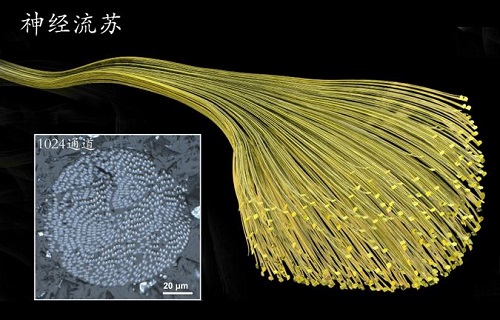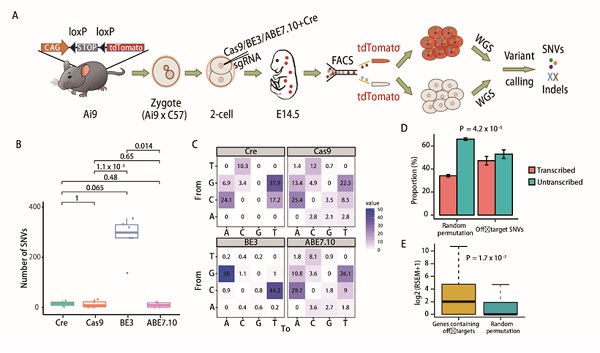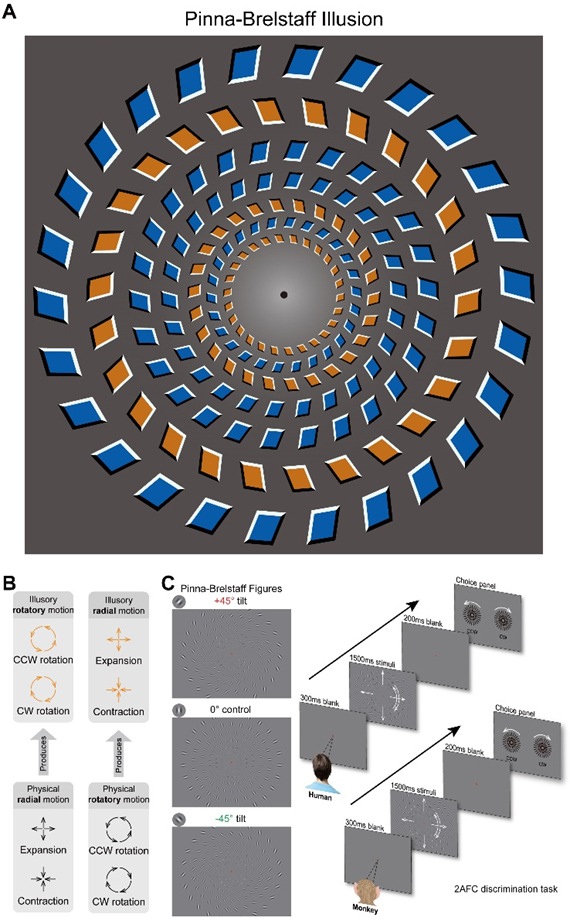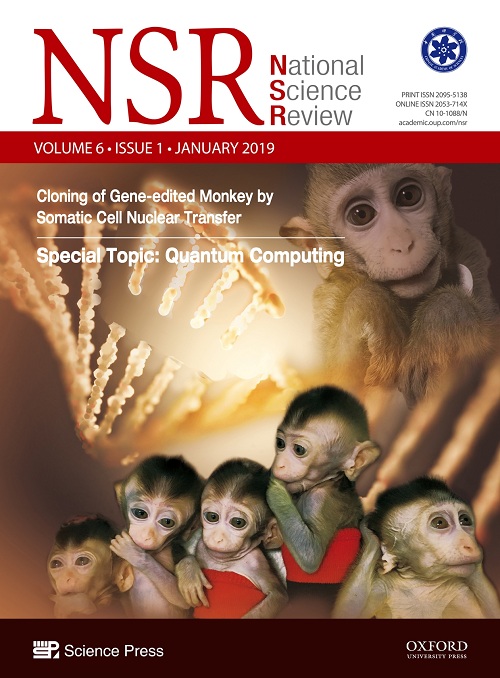
Researchers at the National Center of Nanoscience and Technology of China (NCNST) and the Institute of Neuroscience (ION), Chinese Academy of Sciences, have developed an ultrasmall and flexible Neurotassel that can record neuron firing in awake mice for long periods of time. The researchers described their findings in a research article published on Mar. 27 in Science Advances, 2019.

On March 1st, a paper entitled “Cytosine base editor generates substantial off-target single nucleotide variants in mouse embryos” was published on Science. The researchers developed a method named “GOTI” and applied to evaluate the genome-wide off-target effects induced by genome editing tools including CRISPR/Cas9 and base editors.

Researchers at the Institute of Neuroscience provide the first detailed analysis of the neuronal mechanisms underlying complex forms of illusory motion integration from MT to MSTd. Specifically, the same motion-specific neural groups in MSTd that normally encode physical flow motions also mediate illusory flow motions through a bottom-up cascade of integration of non-veridical local motion signals, yet reliable discrimination is temporally delayed for the illusion.

The first cohort of five gene-edited monkey clones made from fibroblasts of a monkey with disease phenotypes were born recently at the Institute of Neuroscience (ION) of Chinese Academy of Sciences (CAS) in Shanghai. This major advance, reported on-line in two articles in the journal National Science Review on January 24.
